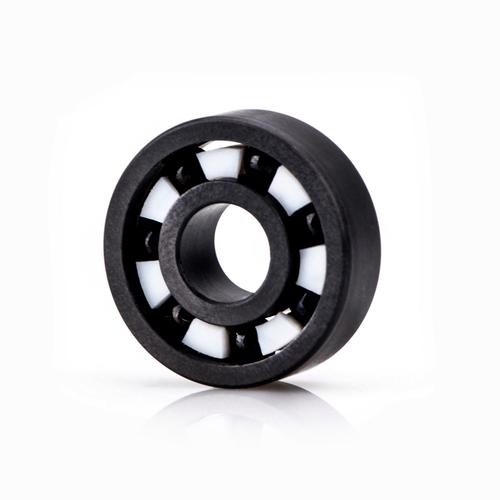Top 5 Essential Guides to Industrial Bearing Catalogs: Types, Selection, and Maintenance Tips
Industrial bearing catalogs are indispensable resources for engineers, procurement specialists, and maintenance teams. These catalogs provide detailed information on bearing types, dimensions, load capacities, and application-specific recommendations. By consolidating technical specifications and compatibility data, they streamline the process of selecting, replacing, or upgrading bearings in industrial machinery.
Table of Contents
1. industrial bearing types2. bearing size chart
3. industrial bearing applications
4. how to choose industrial bearings
5. industrial bearing maintenance guide
1. Industrial Bearing Types

Industrial bearings come in diverse configurations to meet specific operational demands. Ball bearings, known for low friction and high-speed compatibility, are ideal for electric motors and precision instruments. Roller bearings, including cylindrical and tapered variants, excel in heavy-load scenarios like conveyor systems. Specialty bearings such as spherical roller bearings accommodate misalignment in mining equipment, while thrust bearings manage axial loads in gearboxes. Material selection ranges from chrome steel for general use to ceramic hybrids for corrosive environments. Understanding these types ensures optimal performance alignment with machinery requirements.
2. Bearing Size Chart
A bearing size chart is a critical reference tool for matching bearings to shaft diameters and housing dimensions. Standardized numbering systems like ISO 15 simplify identification—e.g., 6205 denotes a 25mm bore diameter. Charts typically list inner diameter (ID), outer diameter (OD), width, and dynamic load ratings. For non-standard applications, custom bearing solutions require precise measurement of radial/axial clearances and tolerance grades (ABEC 1-9). Always cross-reference manufacturer catalogs for metric/imperial conversions and temperature expansion coefficients to prevent installation errors.
3. Industrial Bearing Applications
Bearings serve as backbone components across industries. In automotive manufacturing, wheel hub units integrate angular contact bearings for multidirectional stress management. Food processing machinery utilizes stainless steel bearings with IP69K seals to withstand washdowns. Wind turbines rely on large-diameter spherical roller bearings for pitch/yaw control under variable loads. Aerospace applications demand ultra-precision bearings with lubricants stable at -65°C to 300°C. Always consult application-specific catalogs addressing factors like vibration resistance, EMI shielding, or vacuum compatibility for specialized environments.
4. How to Choose Industrial Bearings
Selecting bearings requires analyzing operational parameters: Radial/axial load ratios determine whether deep-groove or angular contact designs are suitable. Rotational speeds influence cage material choices—polyamide for moderate RPM vs. bronze for high-RPM stability. Environmental factors like moisture or chemical exposure dictate seal types (contact, non-contact, or labyrinth). Preload requirements for machine tools differ from clearance needs in free-rotating systems. Partner with suppliers offering CAD models and lifecycle calculators to balance initial costs against MTBF (Mean Time Between Failures) projections.
5. Industrial Bearing Maintenance Guide
Proactive maintenance extends bearing lifespan significantly. Implement condition monitoring via vibration analysis to detect early signs of pitting or brinelling. Lubrication intervals should align with OEM guidelines—grease replenishment volumes depend on bearing size and speed factors. Storage protocols mandate climate-controlled environments to prevent corrosion in unused bearings. When replacing bearings, use induction heaters for controlled installation (max 110°C) and laser alignment tools to minimize eccentric loads. Always document maintenance activities using CMMS systems for predictive analytics.
Mastering industrial bearing catalogs empowers professionals to optimize machinery performance across sectors. From deciphering technical specifications in bearing size charts to implementing robust maintenance strategies, this guide covers critical aspects of bearing management. Whether you're troubleshooting premature failures or selecting bearings for extreme environments, the catalog serves as your engineering compass. Dive deeper into each section to uncover actionable insights that reduce downtime and boost operational efficiency.
In summary, industrial bearing catalogs are vital tools for ensuring machinery reliability and efficiency. By understanding types, sizes, applications, selection criteria, and maintenance practices outlined in this guide, professionals can make informed decisions that enhance operational performance and reduce costs.




 13869596835
13869596835